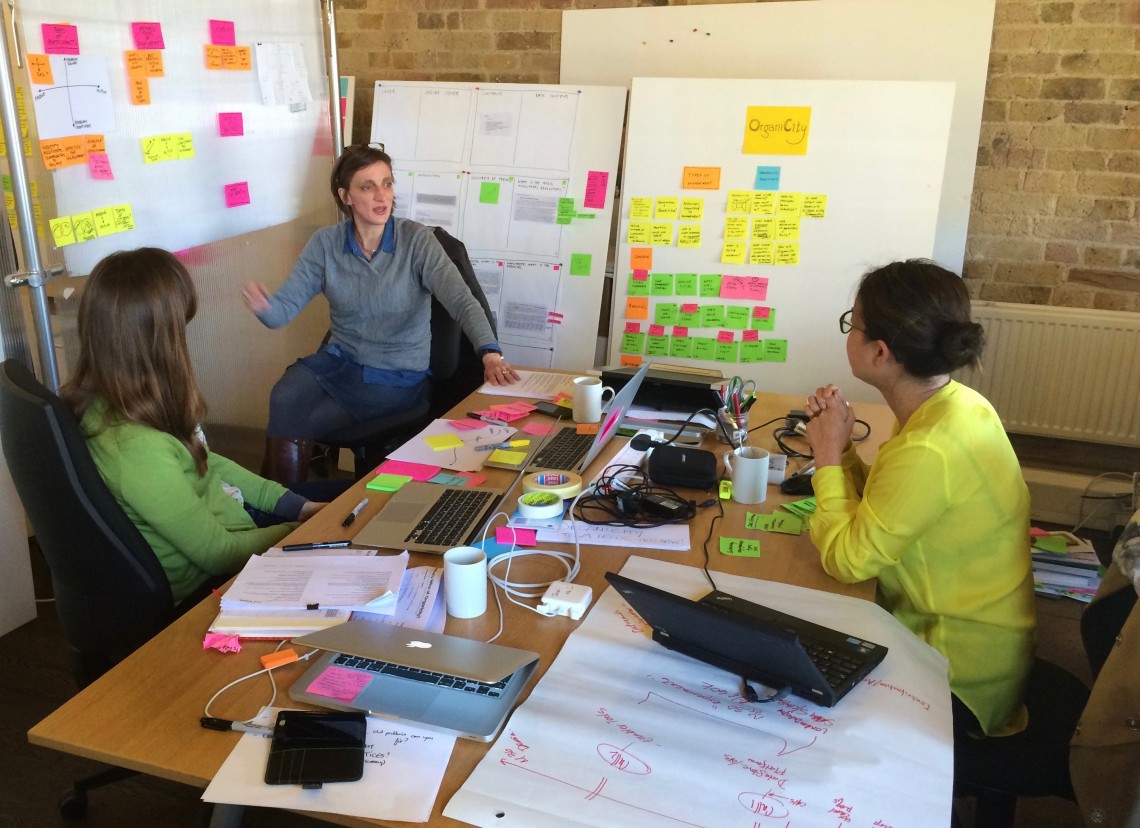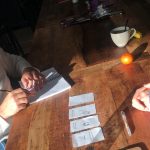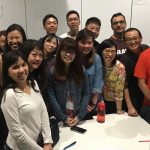Transitioning from designer to design lead ain’t easy. You love your craft but now you need to think ever more holistically. You’ve been driven by content but now must consider the team foremost. You’re suddenly the barrier between the design work, and all the spreadsheets, the phone calls, the crafted emails and the reporting hell that allows design to happen. From my experience over the past year, this post will cover out some things to expect…
As a designer I’ve been lucky to work for some people who know that in order to come up with something new and valuable, there must be focus. Design teams must be protected from distraction, allowed one-hundred percent focus on a project. They must achieve immersion in the context and be allowed to obsess over their craft. As a member of a design team, this protection never seemed quite enough for me – and I’m quite easily distracted.
There was always a (seemingly) unnecessary form to be filled, a biz-dev meeting to be attended, or an internal problem that needed fixing. That said, I now realise I was sheltered, but designers rarely appreciate the shield that surrounds them. It’s never quite impermeable enough to be satisfactory.
As I transitioned into the role of “project lead” I considered carefully what I should expect, and what was expected of me.
“Being the snow plough”
For one thing, it’s incredibly important to be the “snow plough”, a term I’ve nicked from Dan Hill (@cityofsound). Basically, the more senior you are in an organisation, the more you are required to push the layers admin and overhead, the distractions, out of the way of the heroes doing the delivery.
Distraction is the mother of all design disasters; lack of continuity, administrative overhead, and lack of appropriate resources, are all enemies of a successful design project. When leading a team, it becomes your job to keep all of this and more out of the way. You are the snow plough out in front of the design team.
“Fighting for the content role”
Working as a designer, you have learned to understand and empathise during research, to synthesise and to provocatively communicate insights, to create and refine concepts, and to prototype to fine detail before handing over to the client team. This includes relationship management, communication and enough support to ensure work is adequately understood and implemented correctly.
You have learned how to plan a process, how to figure out who was needed when, and even how to cost all of that up and get project proposals together. You did not, however, learn about complex and bureaucratic approval processes, international tax laws, funding schemes, or negotiation of important contracts. These are all tasks that have come my way since I acquired the word “Lead” in my job title.
Sometimes, managers and executives unfamiliar with design often have only one definition for a person with the title “project lead” or “senior designer” – and that is “Project Manager”.
The reality, that design requires a dedicated, additional lead role, which is focussed on content, is lost in this scenario. As a result you may find yourself vying to protect your content-oriented role. Yes you should be writing project proposals, but not the parts with the complex GANNT charts and accounts, and definitely not the parts that require a signature (that fun is best left to lawyers).
Yes, you should be attending business development meetings, but you should exclusively be talking about content, showcasing your teams’ work and connecting it with the clients’ needs.
I’ve made it a principle to insist upon an assigned, qualified project manager for planning and reporting on every project. I will not allow myself to get involved in legal conversations without a qualified colleague taking the lead. I believe designers must insist on this, or be sucked from the careers we love and trained for and pushed into one for which we’re neither qualified nor are likely to enjoy.
“Taking pride in other people”
I am privileged to work with great team members like @sunnysides, @cschmeer, @belenpalacios, @vikhornova and more. These people are all super-smart, and I love that – because it makes me work smarter and work harder. I’m so thoroughly proud of what they do. In combination with my previous point, if you lose a battle for the content – if you’re bogged down in admin, you too might look at what your team of great designers are producing and feel proud.
This can’t replace the desire to participate in some way in the design process, but it helps.
“People with humility and confidence”
See my last post, “Humble Confidence“ for more on this. But basically don’t hire assholes. I’ve worked with assholes, and it’s terrible. You would seriously be better off going it alone.
“Reflection and connection”
You should, as a content lead, be allowed to reflect upon and connect pieces of work together. You should help teams share knowledge they have gained and you should be allowed time to craft the story of many projects together into new direction, new possibility, new potential. You should be ready to tell clients about this… and it’s really fun (here’s where you get to do content!).
So there it is, my 101 after almost a year as project lead. It’s no bible-passage on design leadership, but it’s what I’ve noticed. I’m interested to hear what you might think. Hoping to show the fruits of some of our wonderful team’s labour soon. For now, you can see what’s going on over at OrganiCity for one of the more complex pieces of work we’ve got running.





Comments by John Lynch
Copenhagen to London
"Miguel - so happy you enjoyed the talk. While this post is..."